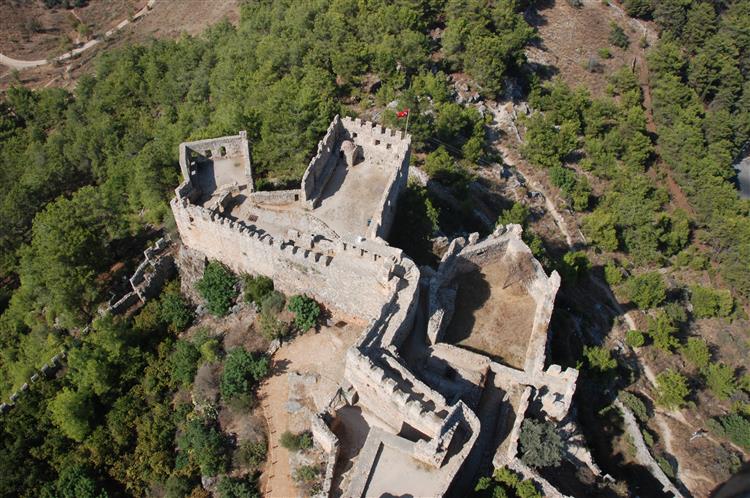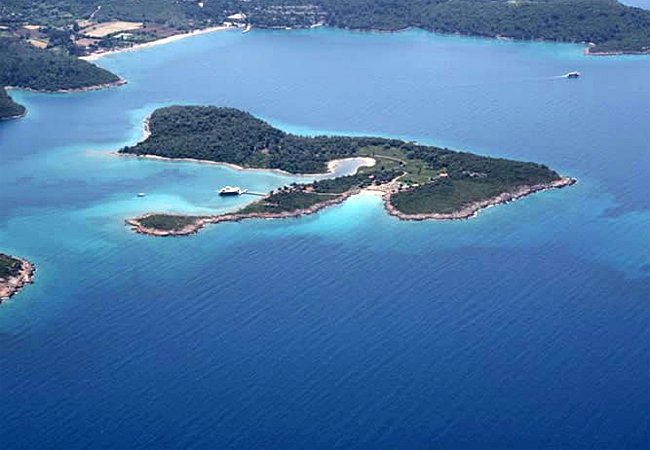
EHMEDEK
It was rebuilt as a “middle castle” in the Seljuk period instead of the small castle remaining from the Byzantine period on the northern slope of the castle. It is understood from the inscription on the entrance door that it was built in 1227. It is thought that it got its name from the construction master of the Seljuk period “Ehmedek”. The middle castle, which consists of two parts with three towers, is in a strategic place against land attacks and at the same time, it is in a position to protect the inner castle where the sultan’s palace is located. The walls of the towers that have survived to the present day were carved from rocks in the Byzantine period. The three cisterns inside the middle castle are still used today. There are ship paintings from the Seljuk period on the castle walls.
THE SULEYMANIYE MOSQUE
It was built by the Seljuk Sultan Alaaddin Keykubad during the reorganization of the city in 1231, at the top of the castle, just outside İçkale. However, in the following years, the mosque was destroyed and it was rebuilt by Kanuni Sultan Süleyman in the 16th century during the Ottoman period. The mosque with a single minaret is known as Alaaddin, Kale or Süleymaniye. The building is made of rubble stone and has a square plan. It has a tiled dome on an octagonal frame. In order to provide acoustics, 15 small cubes were placed on the part of the dome that served as a hanger. This feature occurs during worship. The last congregation place is covered with three tiled domes on all fours. Door and window lids are a good example of Ottoman wood carving.














